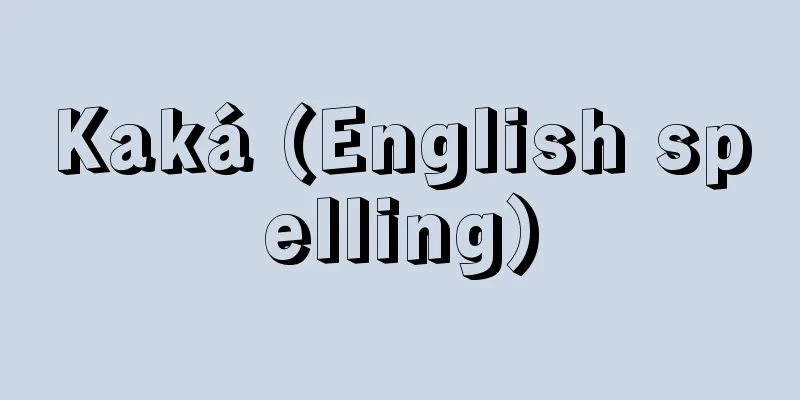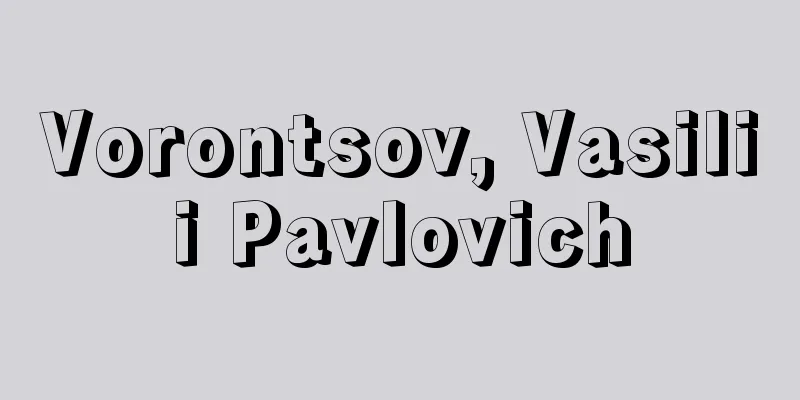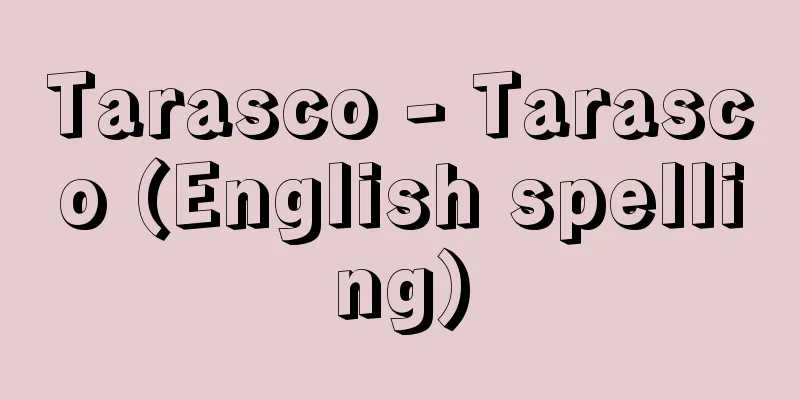Ek, NV - Ek

|
In 1928, before a single talkie had been made in the Soviet Union, three directors, Eisenstein, Pudovkin, and GV Aleksandrov (1903-1983), jointly published the "Manifesto on Talkies," in which they proclaimed that montage of images and sound and their contrapuntal treatment were the new path for talkie art. The first talkie was "Guide to Life" (1931), directed by NVEkk (1902-1959), which depicted the rescue and edification of a homeless boy. The period when talkies began to be made overlapped with the period when socialist construction was being promoted, and Soviet films in the 1930s made socialist realism their highest priority. Representative works of the new realism include "Plan of Echo" (1932), co-directed by F.M.Ermler and S.I.Yutkevich, which was about the achievement of the Five-Year Plan that began in 1927; "Chapayev" (1934), a heroic epic about the civil war directed by the Vasiliev brothers; and "We from Kronshtadt" (1936), directed by E.L.D.Zigan, which depicts the heroic battle of sailors in a battle against the White Army. From Talkie MoviesIn 1928, Eisenstein, Pudovkin, and Grigory Alexandrov (1903-83) jointly published the "Manifesto on Talkies," which could be called "theory of talkie montage." The first full-length Soviet talkie, "Advice on Life" (1931), was made by director Nikolai Ek (1902-59), and in France, Rene Clair pioneered new talkie expression with "Under the Roofs of Paris" (1931), in America, Rouben Mamoulian used sound in a cinematic way with "City" (1931), and in Germany, GW Papst paved the way for a new musical film with "The Threepenny Opera" (1931). After that, technological advances and improvements in talkies continued, and talkies gave rise to numerous inventions and problems that would go on to shape the history of film, such as magnetic recording tape after World War II and the emergence of stereophonic sound as a by-product of wide screens. *Some of the terminology explanations that mention "Eck, NV" are listed below. Source | Heibonsha World Encyclopedia 2nd Edition | Information |
|
… 28年,ソビエトではまだ1本のトーキーもつくられていなかったが,エイゼンシテイン,プドフキン,アレクサンドロフG.V.Aleksandrov(1903‐83)の3人の監督が連名で〈トーキーに関する宣言〉を発表して,映像と音のモンタージュ,その対位法的処理が新しいトーキー芸術の道であると唱えた。最初のトーキーは,エックN.V.Ekk(1902‐59)監督が浮浪児の救済と教化を描いた《人生案内》(1931)である。トーキーがつくり始められたときと社会主義的建設が推進された時期とが重なり合い,30年代のソビエト映画は社会主義リアリズムを最高の課題にかかげ,1927年から始まった5ヵ年計画の達成をテーマとしたエルムレルF.M.ErmlerとユトケビチS.I.Yutkevich共同監督の《呼応計画》(1932),ワシリエフ兄弟監督の内戦の英雄的叙事詩ともいうべき《チャパーエフ》(1934),白軍との戦闘における水兵の英雄的なたたかいを描いたジガンE.L.Dzigan監督の《われらクロンシタットより》(1936)などが新しいリアリズムの代表作である。… 【トーキー映画】より…28年,エイゼンシテイン,プドフキン,グリゴリー・アレクサンドロフ(1903‐83)の3人の連名で,〈トーキーのモンタージュ論〉ともいうべき〈トーキーに関する宣言〉が発表された。そして,それを具体化したソビエト最初の長編トーキーであるニコライ・エック(1902‐59)監督の《人生案内》(1931)がつくられ,フランスではルネ・クレールが《巴里の屋根の下》(1931)で新しいトーキー表現を開拓し,アメリカではルーベン・マムーリアンが《市街》(1931)で音を映画的に処理し,ドイツではG.W.パプストが《三文オペラ》(1931)で新しい音楽映画の道を開いた。 その後,トーキーの技術的進歩・改善がつづき,第2次大戦後の磁気録音テープ,ワイド・スクリーンの副産物としての立体音響の登場など,トーキー映画は数々の発明とともに問題を生んで,映画史を築いていくことになる。… ※「エック,N.V.」について言及している用語解説の一部を掲載しています。 出典|株式会社平凡社世界大百科事典 第2版について | 情報 |
>>: Handled drum - Etsuki daiko
Recommend
Sodium aluminum hydride - sodium aluminum hydride
Chemical formula: NaAlH 4 . Like the corresponding...
Ete - Ete
...In the old days, it was called Mashi or Masu, ...
Astrakhan Tatars
...The Mishali and Kasimov Tatars are of similar ...
Chavannes, Édouard
Born: October 5, 1865, Lyon Died January 29, 1918....
Uppsala Cathedral - Uppsala Cathedral
Uppsala Domkyrka is a cathedral in Uppsala, a city...
Cover plant - Kabapuranto
… Also called ground cover or cover plant, it is ...
Angles‐sur‐l'Anglin
A late Paleolithic art site located about 45km eas...
Stercorarius parasiticus
… [Yanagisawa Norio]. … *Some of the terminology ...
Tissue culture
… In vitro culture of animals can be broadly divi...
Cape Guardafui (English spelling) Cape Guardafui
…the cape at the northeastern tip of the African ...
Brahma - Bonten
[1] (Translation of Brahman. Formerly also called ...
Basil - Basil
Another name for the annual herb basil, which bel...
Masayuki Nagase
1765-1835 A Japanese classicist of the late Edo p...
Tadashi Katakura
1898-1991 A military officer in the early Showa p...
Crime of obstruction of business by force
The crime of using force to obstruct the business ...









